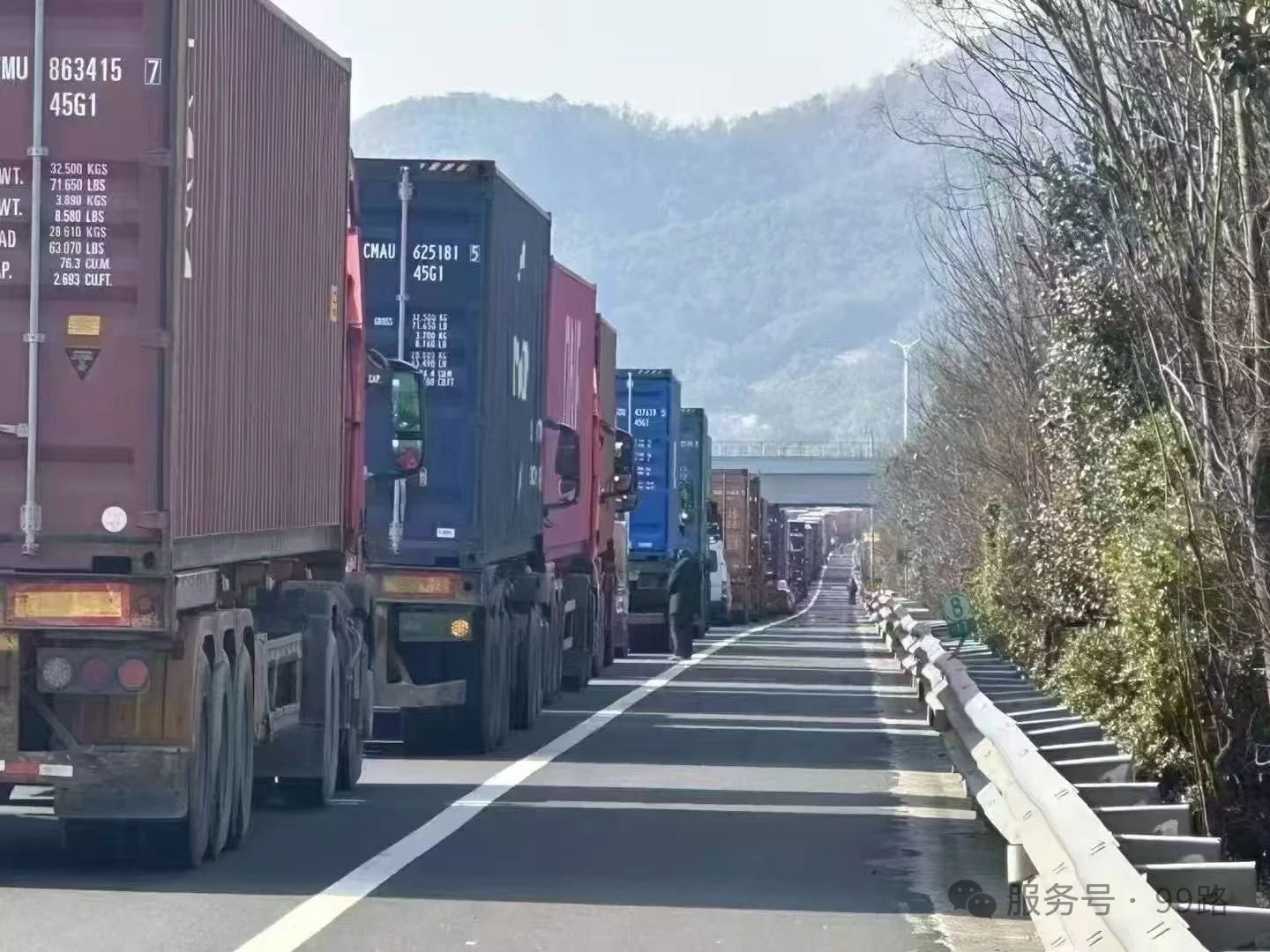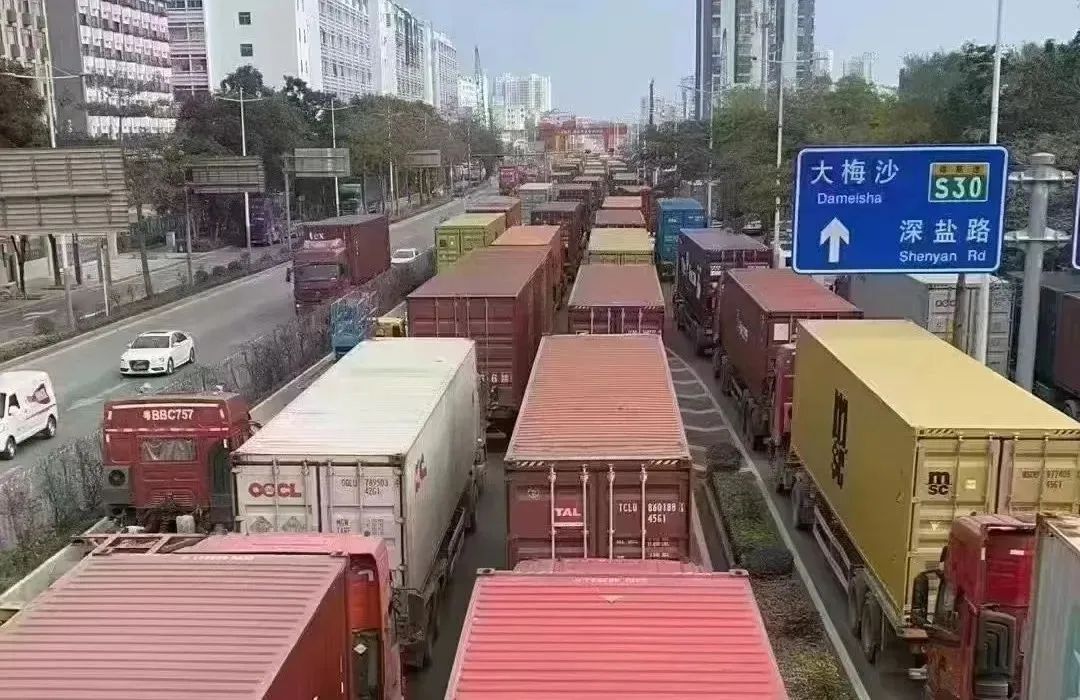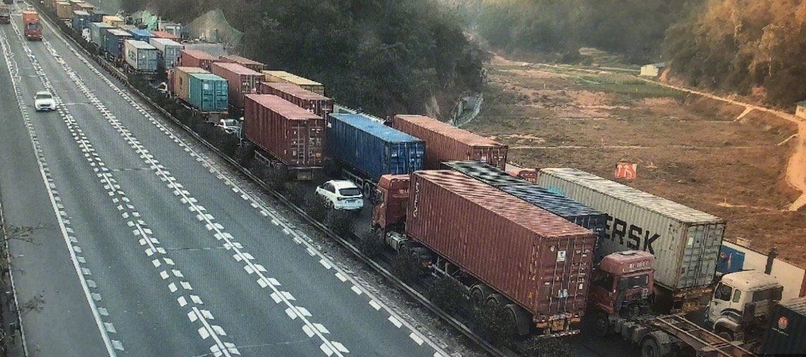Container Space Shortages & Soaring Costs Freight

As factories race to deliver goods before the Lunar New Year holiday, ports across China are operating at full capacity. Severe congestion in port access areas is disrupting the smooth flow of goods in and out of terminals.
Adding to the chaos, driver availability has dropped sharply as the holiday approaches, significantly impacting drayage operations. Over the past five days, trucking rates have surged by up to 300%, complicating shipment scheduling and increasing costs dramatically.

Globally, port congestion has become a widespread issue. With drayage services encompassing pre-port, port-side, and post-port logistics, finding a reliable trucking team has never been more critical to ensuring the safe delivery of goods.
Meanwhile, container drop-off challenges further exacerbate the situation. Reports indicate that ports in the Pearl River Delta and Ningbo are struggling with insufficient drop-off capacity. In some cases, containers scheduled for drop-off on the 18th were barred from entry by the 19th afternoon, despite initial deadlines extending to the 20th.

Industry insiders explain that this is a common practice by shipping lines during the holiday season to avoid vessels running empty. Overbooking containers has overwhelmed terminal facilities, leaving stacks of containers with no place to go.
A recent report noted that a terminal originally designed to handle 1,300 TEUs ended up receiving over 4,000, with some containers unlikely to be shipped until after the holiday. Concentrated pre-holiday shipments and delayed vessel schedules are causing significant backlog issues. To avoid unnecessary delays, shippers are advised to verify vessel schedules before arranging container drop-offs.
Global Impact:
According to Drewry’s latest Cancelled Sailings Tracker, 109 sailings were canceled out of 751 scheduled during weeks 4 (January 20–26) and 8 (February 17–23) across major trade routes, including Trans-Pacific, Trans-Atlantic, and Asia-Europe/Mediterranean lanes. This represents a cancellation rate of 15%.
During this period:
- 49% of blank sailings occurred on Trans-Pacific Eastbound lanes.
- 17% were on Trans-Atlantic Westbound lanes.
- 34% affected Asia-Europe and Mediterranean lanes.
Drewry notes that the combination of Chinese New Year and the transition to new alliance services is complicating supply chains, leading to longer transit times and increased instances of blank sailings.









